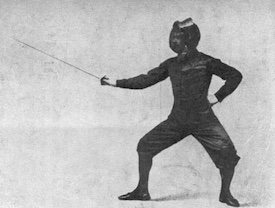KinGensai
500+ Head-Fier
Mark specifically says he has never detected an audible difference between cables that don't use impedance adapters, so that seems to accord with what you said.So from what I'm seeing about the video: if we measure the signal as is, there's no line difference. Lets instead add lots of impedance than the FR goes down. Sorry, I'm kind of dismissing some of this video saying with authority about there being audible sound (especially after adding impedance adapters)
I specifically remembered this video because I own the FH5s, so the topic of burn in came up as a defense to how horribly sharp it is. The difference 200 hours of burn in did to Mark's specific FH5s tickled the measured FR a tiny amount, but not as much as a 15Ω adapter. Fiio relented and released a plus version that had a cable with an impedance adapter integrated into it, and that finally mitigated the problem, although it still has bad tonality issues.
























